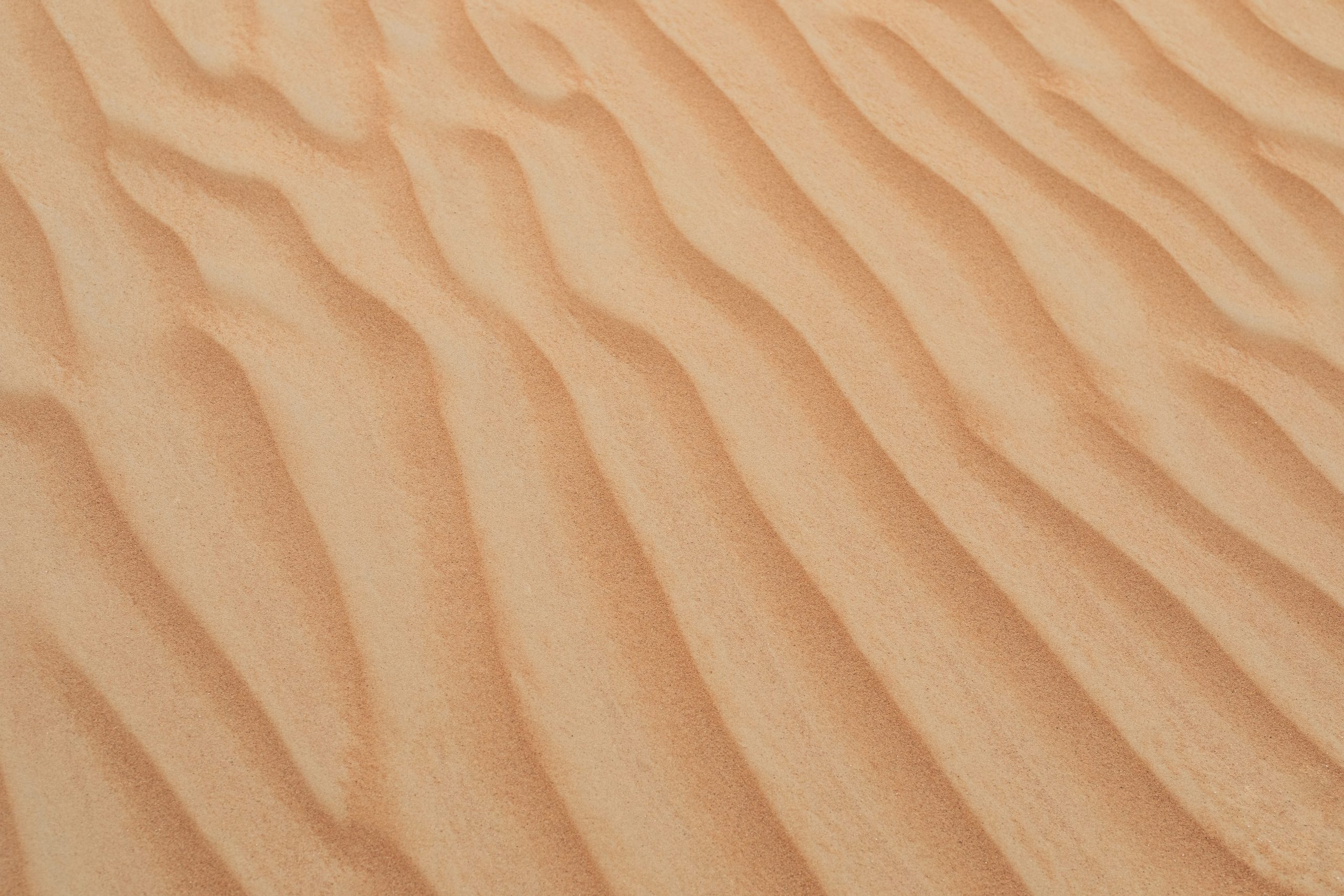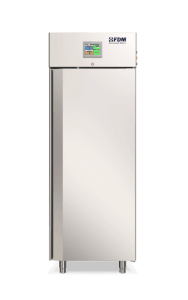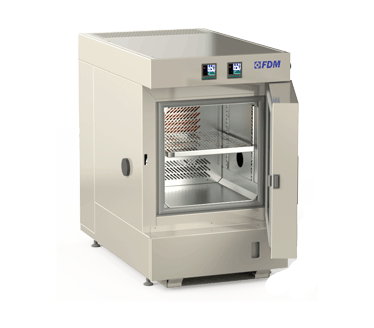
When we talk about climatic tests we intend to subject materials or products to the most common atmospheric agents that can affect their tightness or functioning.
Among these are the temperature and relative humidity above all, but also solar exposure, atmospheric pressure and precipitation of all kinds.
Some production sectors, however, must defend themselves from the harmful action of agents not considered in the most widespread climatic tests.
This is the purpose of the sand and dust test.
What is the Sand and Dust Test for?
Dust is present in all environments in small but widely spread quantities. Sand, on the other hand, is found only in some areas of the world but, where it is present, it is massively so.
In the long run, sand and dust can ruin the surfaces of many materials but their action is really bad when it comes to electronic devices.
If they have not been carefully designed and tested for the purpose, even small amounts of sand or dust can affect the functioning of most of the electronic instruments that surround
Among the undesirable effects caused by sand and dust on electronic devices we can mention:
- Surface corrosion and erosion.
- Damage to electrical circuits.
- Physical interference in the parts connected in pairs.
- Overheating and fire hazard due to limited ventilation or cooling.
And many others.
The sand and dust test serves to prevent this damage.
Perform
Climate Stress
Discover the new series of Climate Chambers for controlled climate testing
Which Sectors are involved in the Sand and Dust Test?
In addition to consumer electronics, all sectors that use electronic components are involved in the sand and dust test.
The main ones are the automotive, aerospace and military sectors.
The ISO 20653: 2013 standard deals with the protection of vehicle electrical devices from external agents. Still relating to the automotive sector, SAEJ575_202104 mainly considers the protection of lighting devices.
While MIL-STD-810 is the main standard of the US Department of Defense and, among the numerous and rigorous laboratory tests, we find the sand and dust test in chapter 510.6.
Due to the accuracy of the procedures, the MIL-STD-810 standard is also used outside the military as a model procedure for testing electronic components against sand and dust.
You cannot find the ideal chamber for your test?
Create your own environment, according to any test requirement
How the Sand and Dust Test in the Climatic Chamber works
Even when we test the sand and dust resistance of an electronic device, we cannot do without a climatic chamber. And this for two reasons.
First of all, because the climatic chamber is an isolated and controlled environment in which it is possible to reproduce the test under certain conditions.
And then because these conditions include the control of temperature and relative humidity which must be stable on certain parameters so that the results are consistent and reliable.
The sand and dust test, as you can guess, is divided into two distinct procedures which are called:
- Procedure I - Blow of dust,
- Procedure II - Shot of sand.
The specifications of these procedures, including the range of relative temperature and humidity, the composition and concentration of dust and sand, the speed of the indoor air are described in the aforementioned MIL-STD-810.
The FDM Climatic Chamber for the Sand and Dust Test
FDM climatic chambers are the ideal tools to perform all the most common climatic tests.
They can also be equipped with diffusers suitable for carrying out the sand and dust test according to the international standards mentioned above.
For further doubts and questions, please do not hesitate to contact us.
Would you like to receive a quote or do you have questions about the product?
Contact us to receive more information about this Product.



